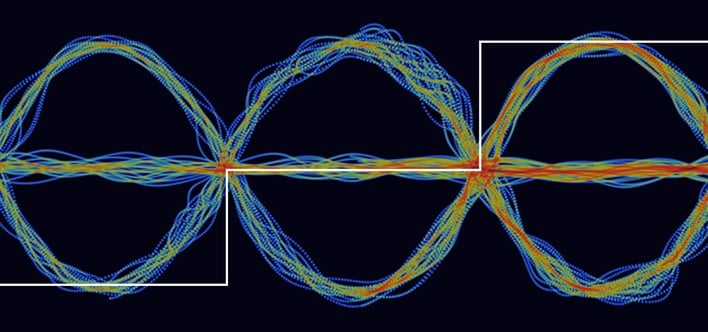Micron Now Sampling GDDR7: Over 1.5TB/s Of Bandwidth For AI And Next-Gen GPUs
So what's the deal with GDDR7? Well, transfer rates starting at 32 Gbps and scaling up beyond 40 Gbps, for starters. Micron says that the new RAM offers "1.5 TB/second" of bandwidth, and that's true if you're implementing it on a 384-bit bus. We can't imagine anyone but NVIDIA is doing that right now, but it's basically a given that next-gen GeForce cards based on the Blackwell architecture will implement this RAM.
It's also possible that one of the GPU design teams out of China will be buying up GDDR7 RAM. Of those, the two front-runners are the two that have actually shipped working products: Innosilicon, with its Fantasy series of GPUs, and then the Moore Threads and its MTT cards—both of which are using PowerVR IP licensed from Imagination Technologies. While neither company has shipped a GPU that really competes with AMD, NVIDIA, or even Intel yet, anything could happen.
As predicted, GDDR7 uses PAM3 signaling instead of PAM4 as used in GDDR6X; this makes it cheaper to manufacture and implement. Micron says that its new GDDR7 RAM is built on its 1β (1-beta) technology, and that it offers 50% better power efficiency than GDDR6, while including a new sleep mode that reduces standby power by as much as 70%. Maybe we could finally see some discrete GPU laptops with decent battery life.


